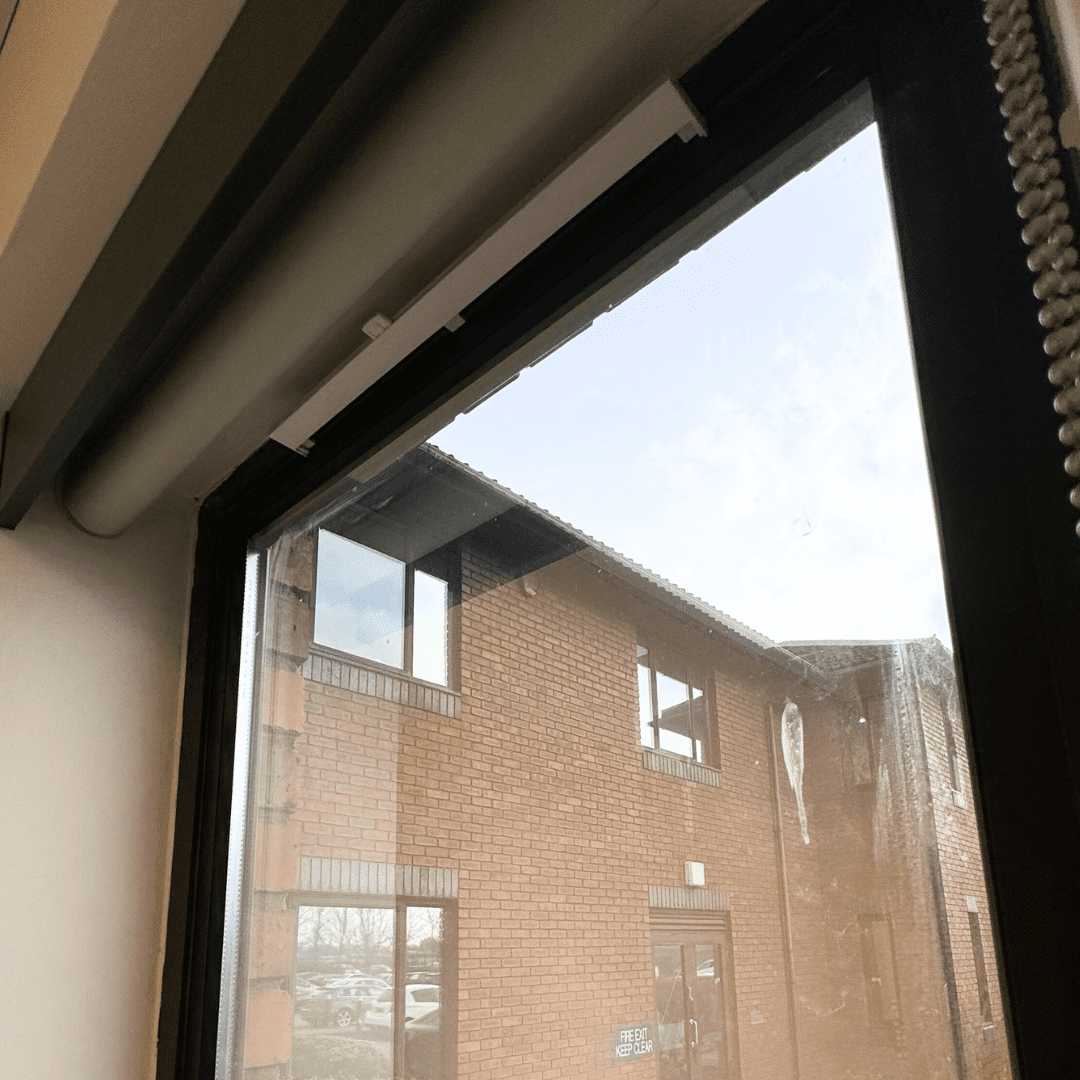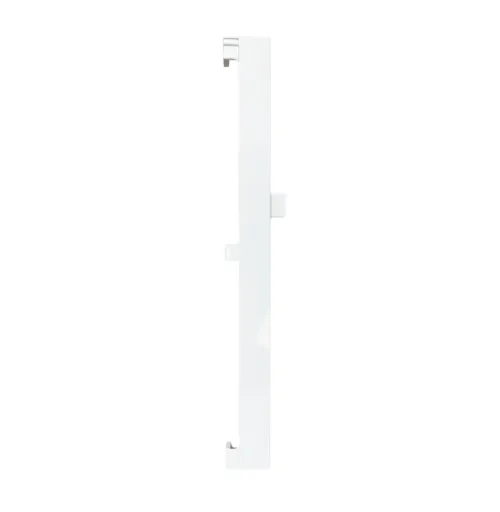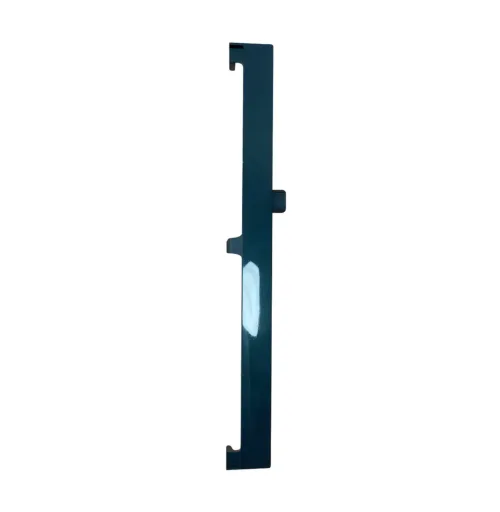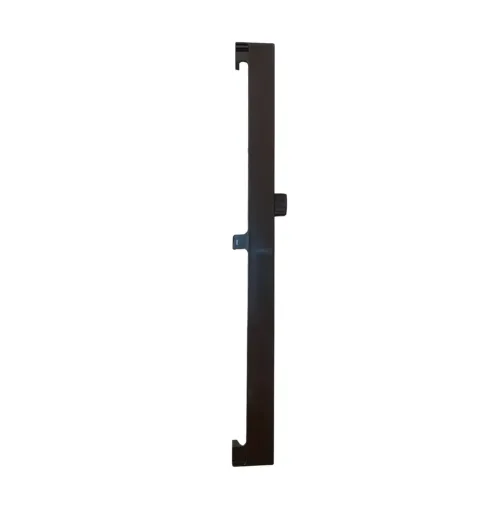Improving Ventilation in Commercial Buildings
Published on: October 22, 2025

If you own a commercial building such as a school, office, or anything in between, it’s your responsibility to keep it clean, safe, and ensure that it’s a good working environment or place to learn.
To do this you’ll organise regular cleaning, replace furnishings before they get too tattered, and in general listen to the feedback from people who use the space day after day. But there is another factor that is often overlooked: window ventilation.
Without proper ventilation, your commercial building is at risk of mould, rot, or other issues associated with stagnant air. To keep employees, tenants, and everyone else safe, you need to ensure that the air can circulate.
Why Ventilation may be Poor in Commercial Buildings
You may assume that because most commercial buildings are fairly large, at least larger than the average home, the ventilation is pretty good. While it may be true that there are quite a few windows, often multiple per room, the air quality inside will be poor when those windows are closed.
Ventilation issues are less likely during the summer months because we naturally keep our windows open. In commercial buildings some of your windows may not open very far, but this is all that’s needed to allow clean air to flow into the rooms, so the stale air is diluted. But when the weather gets colder, you won’t have the windows open nearly as much, if at all.
In a domestic property there are also front and back doors, and sometimes patios, which allow more air in. On the 1st floor and beyond, this is not the case with most commercial buildings. Windows are the only way that air can circulate on upper floors and any rooms that are at a distance from the main entrances/exits.
This is a major issue if those windows are made from UPVC, which almost all modern windows are.
Why UPVC Windows Offer Poor Ventilation
UPVC is a plastic compound that is fantastic for soundproofing and keeping heat in, but this comes at a price. Wooden and metal windows aren’t as flush to the wall, so a small amount of new air can find its way in; this is why you might notice a slight draught even when windows are closed.
UPVC windows, on the other hand, are sealed securely to the walls, so no fresh air can find its way in, and vice versa. Once the window is closed, the air inside has nowhere to go, meaning it will soon smell stale and cause worse issues that we’ll talk about in a moment. This is partially solved by leaving the trickle vents open, but in a large commercial space they won’t have much of an impact.
Issues Caused by Poor Ventilation
Naturally, if the air inside your commercial building smells stale, that’s not a pleasant environment to be in. But if you ignore these issues, or the things you tried don’t work (such as cleaning more or installing air fresheners), severe problems can form.
The main issue is mould. When the air is stale, it also becomes more humid. This added moisture will collect on your surfaces, usually overnight. If this is happening on a regular basis, that moisture will create the perfect breeding ground for mould. Simply wiping away mould is only a temporary solution, and if you start to notice it out in the open, it’s almost certainly thriving out of sight.
In commercial buildings, you often have storage rooms. These are not only poorly ventilated as they rarely have windows and have doors that are kept shut, the contents are rarely moved around. Mould can grow behind boxes, on shelves, or on the walls and floors around them. If it makes its way into the containers you’re using, paper documents could soon be ruined by the damp.
As you can imagine, mould running rampant is a dangerous situation. You may have to close your commercial space until it has been removed completely, a costly job especially if you don’t know the cause of the problem and waste hours looking for leaks.
The sooner you spot the signs of poor ventilation; the sooner you can do something about it. And we have the perfect solution.
Ventilation Solutions for Commercial Buildings
Our Air-Box trickle vents are the best way to improve ventilation in a commercial building. Their design is simple, but because they channel air upwards, the air reaches further without creating an annoying draught.
If your windows don’t have trickle vents, or they barely let any air in, fitting an Air-Box is the best way forward. Some business owners are resistant to the idea of installing trickle vents even when they know the benefits. The two main reasons are the price, both the individual units and the cost of installation adds up quickly if you choose certain providers, and the time it takes to install them too. As development projects go, it’s a fairly simple one, but can still cause some headaches in a busy work environment.
Not only are our units much more affordable, we also save you a fortune on installation fees. This is because our Air-Box window ventilation system can be fitted yourself in less than 5 minutes. No drilling holes necessary, so no damage to your windows and window frames. We understand that when you have a lot of windows in your building, installing them solo can be a daunting task, so we ensure that it’s a breeze.
You can follow our installation guide for help, we have both a video and written guide, or get in touch if you have any questions.
Running a busy commercial building is tough. Issues develop fast and need to be solved even faster – don’t let poor ventilation get out of hand and install an AirBox ASAP.



